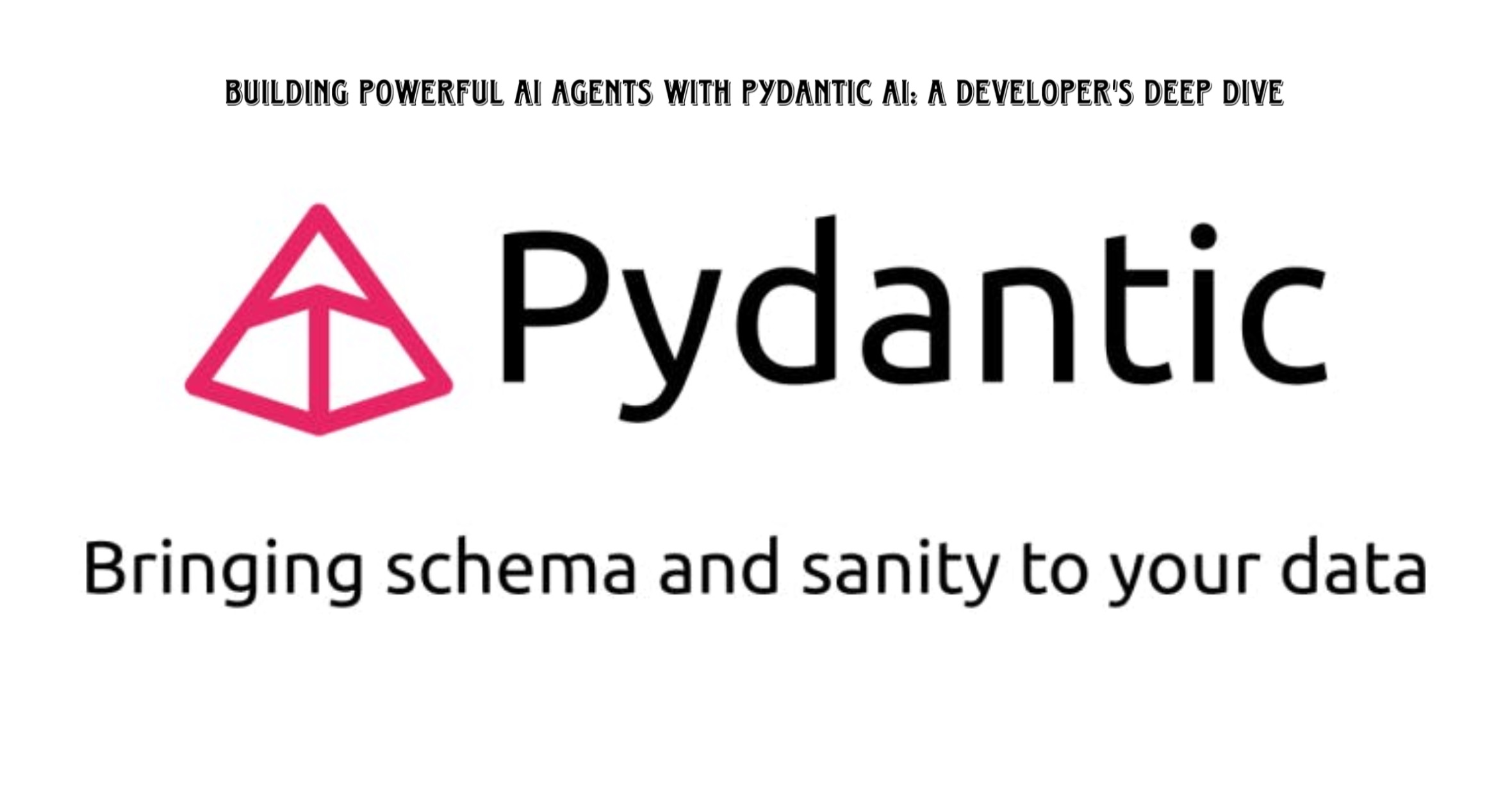The world of AI agent development is rapidly evolving, and Pydantic AI is emerging as a powerful framework to streamline and enhance this process. Developed by the team behind Pydantic, the popular Python data validation library, Pydantic AI aims to bring the same level of intuitiveness, speed, and reliability to AI agent creation that FastAPI brought to web development.
What is Pydantic AI?
At its core, Pydantic AI simplifies the construction of AI agents, which, in this context, primarily refers to orchestrating Large Language Models (LLMs) with function calling capabilities and external tools. Pydantic AI provides a structured approach, defining an agent as a combination of:
- Model: The LLM powering the agent.
- System Prompts: Instructions guiding the LLM’s behavior (both static and dynamic).
- Structured Results: Enforcing specific output formats (e.g., JSON) using Pydantic models.
- Dependencies: Dynamically injected context and resources.
- Function Tools: External functions or APIs the agent can utilize.
Key Benefits of Pydantic AI
- Accelerated Development: Pydantic AI’s intuitive design and structured approach significantly speed up the agent development lifecycle.
- Reduced Bugs: Leveraging Pydantic’s strengths, the framework enforces type checking and data validation, minimizing errors.
- Asynchronous Efficiency: Pydantic AI is designed with asynchronous programming at its core, enabling efficient and scalable agent execution.
- Dynamic Context Management: The concept of “dependencies” allows developers to dynamically control the agent’s context, providing crucial information at runtime.
- Seamless Tool Integration: Pydantic AI facilitates the integration of both simple and context-aware tools, enabling agents to interact effectively with external systems.
Building a Customer Support Agent: A Practical Example
To illustrate the power of Pydantic AI, let’s consider the example of building a customer support agent that interacts with the Shopify API.
1. Setting Up the Environment
The process begins with installing the necessary libraries: pydantic-ai, pydantic, Shopify API, anthropic, and python-dotenv.
Environment variables (API keys, Shopify credentials) are securely managed using a .env file.
2. The Basic Agent
Even the most basic Pydantic AI agent, essentially an LLM call, demonstrates the framework’s core principles.
Pydantic AI supports both synchronous (run_sync) and asynchronous (run) execution, with asynchronous being the default and recommended approach.
3. Integrating with Shopify: Dependencies
To give the agent access to Shopify data, a ShopifyData class is created, encapsulating interactions with the Shopify Admin API.
Pydantic AI’s “dependencies” feature comes into play, allowing for dynamic system prompts. For example, injecting a customer’s name fetched from Shopify enhances the agent’s personalization.
4. Leveraging Tools
Pydantic AI offers two types of tools:
- Plain Tools: Simple functions that don’t require access to the agent’s context (e.g., fetching product information).
- Tools with Dependencies: Functions that need access to dynamic context, such as customer IDs, to perform actions (e.g., retrieving order history).
By defining tools, the agent can perform actions like fetching product details or accessing customer order information from Shopify.
Conclusion
Pydantic AI is a promising framework that simplifies and enhances the development of AI agents, particularly in data-intensive applications. Its focus on structure, efficiency, and dynamic context management empowers developers to build robust and effective AI-powered solutions. As the field of AI agents continues to grow, Pydantic AI provides a solid foundation for creating sophisticated and practical applications.



